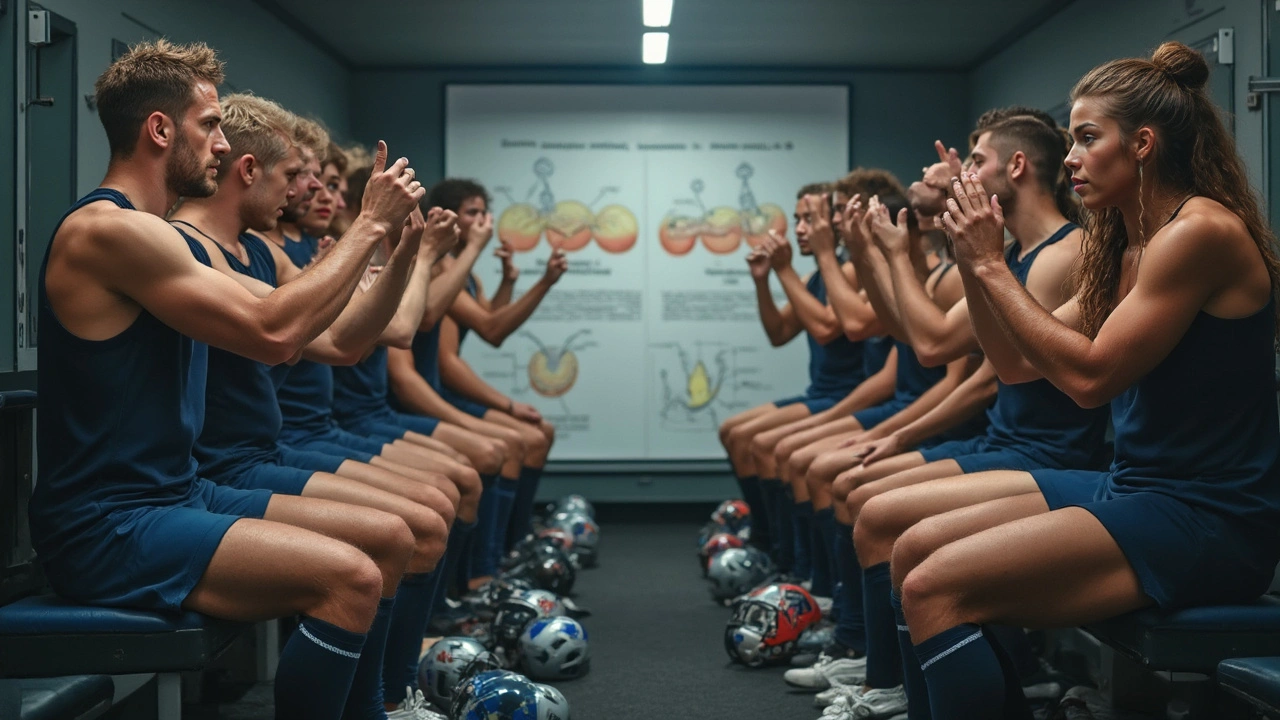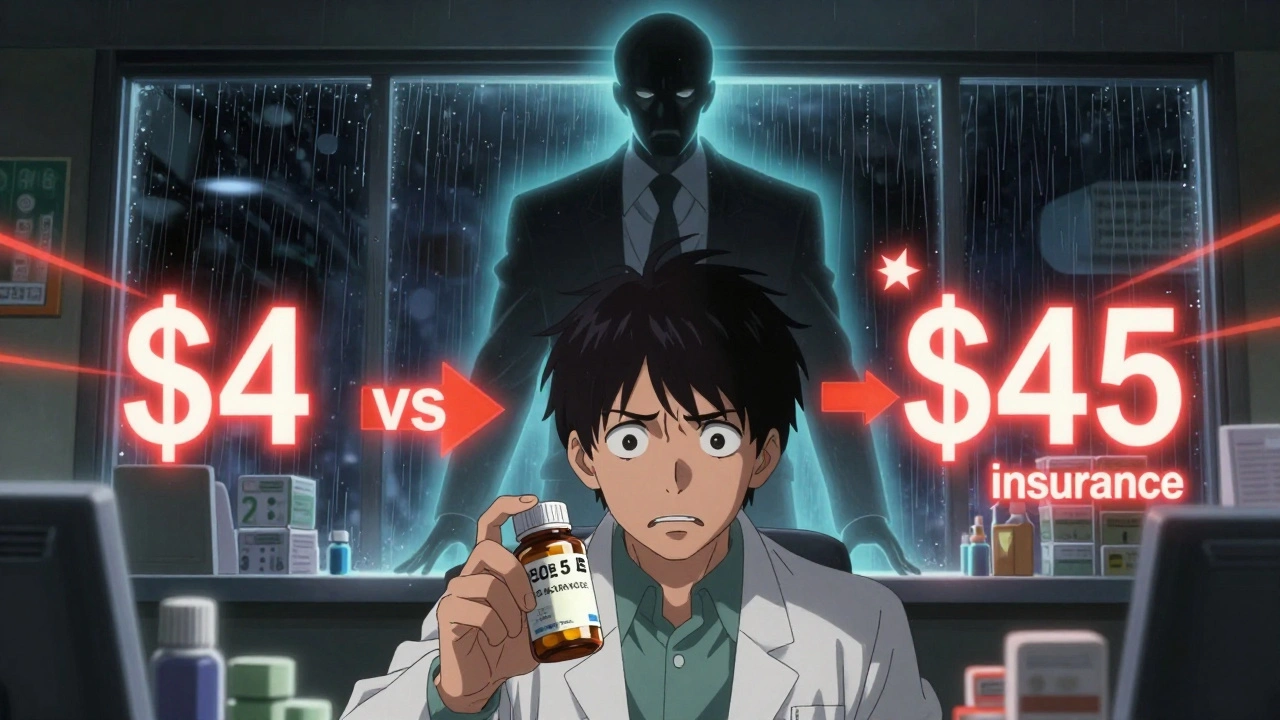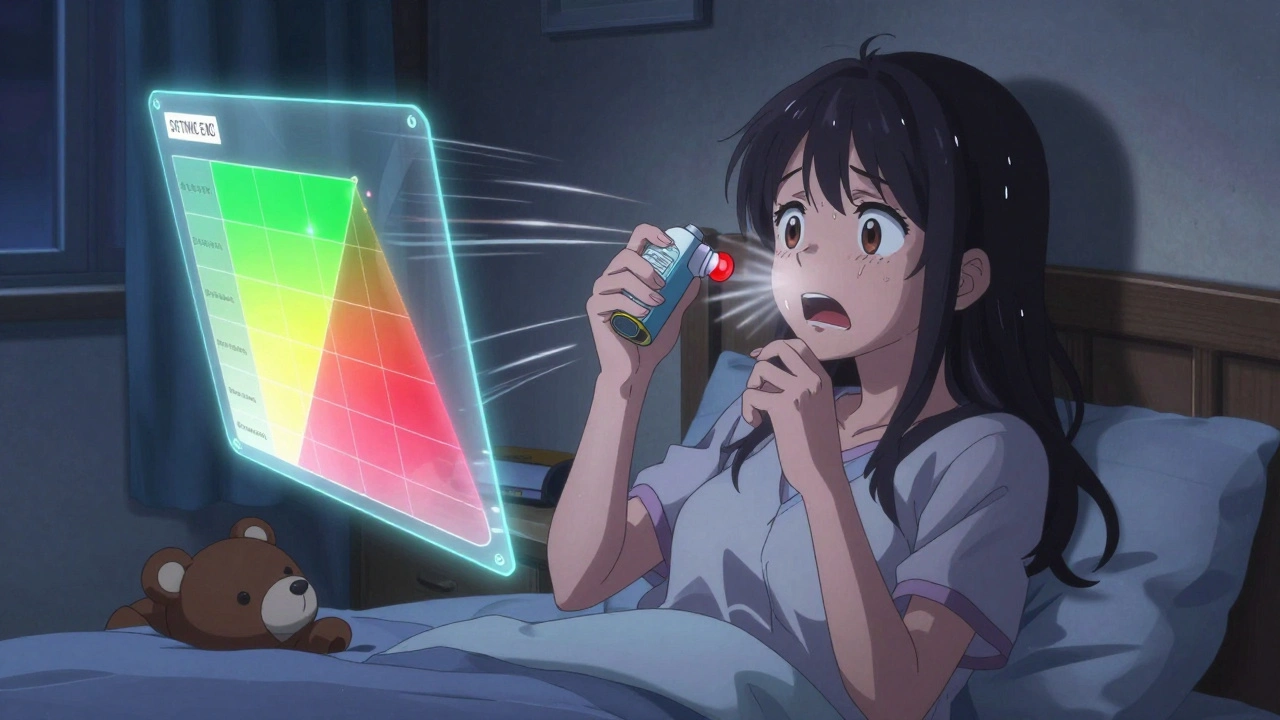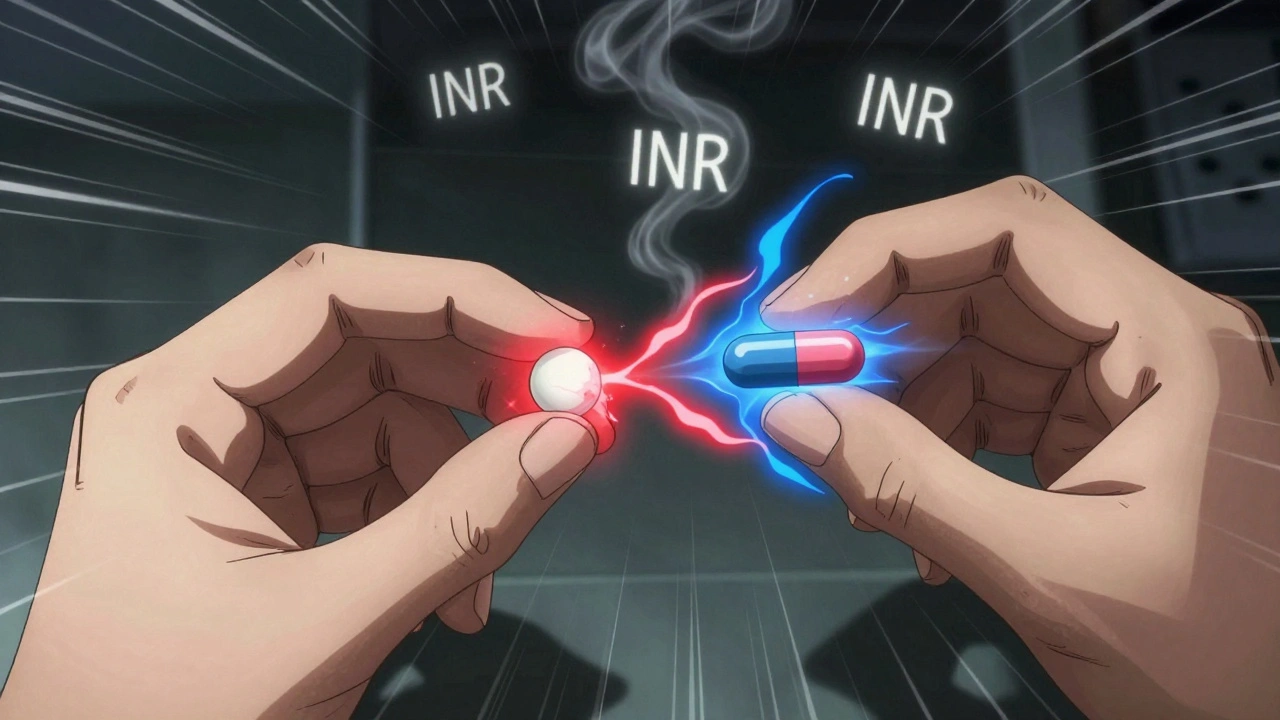Hair loss in athletes: Causes, prevention and practical fixes
Athletes often see thinning or patchy hair and wonder why. Sports expose you to unique triggers: helmet friction, tight hairstyles, pool chlorine, infections from contact sports, heavy training stress, and — importantly — anabolic steroid use. Each cause needs a different fix, so start by spotting which one fits your situation.
Common causes
Traction alopecia comes from tight ponytails, buns, and helmet straps rubbing the same area. Change your hairstyle, use soft bands, and add padding under helmets. Chlorine and saltwater dry the scalp and make hair brittle; rinse immediately after swimming, use a silicone swim cap and a gentle conditioner.
Overtraining and low calorie diets can trigger telogen effluvium — a diffuse shedding that shows months after stress. Rest, sleep, and a diet that restores calories and protein often reverse this. Contact sports can cause fungal infections or scarring injuries. If you notice a red, flaky or painful patch, see a clinician quickly for treatment.
Anabolic steroids and other hormone-altering drugs speed up male-pattern hair loss in people who are genetically prone. If you use performance drugs, discuss risks with a medical professional. Stopping steroids may slow hair loss, but options exist to treat it under supervision.
Practical steps to prevent and treat
Start with simple care: avoid tight hairstyles, swap harsh soaps for a mild shampoo, and rinse chlorine after pool sessions. Add a balanced diet with enough protein, iron, zinc and vitamin D — missing these nutrients shows up as thinning. If training load is extreme, scale back and prioritize sleep and recovery days.
Topical treatments like minoxidil can help strengthen hair and slow shedding for many people. Oral medications that affect hormones exist but need a doctor’s prescription and monitoring. If you have sudden heavy shedding, patchy bald spots, scalp pain, or signs of infection, book an appointment with a dermatologist or sports medicine doctor.
For swimmers, use a leave-in conditioner and a tight-fitting silicone cap. For helmet users, try padded liners and rotate helmet straps. Wrestlers and contact athletes should keep mats and gear clean and avoid sharing headgear.
Track changes with photos every month so you can spot patterns. Blood tests for iron, thyroid, and hormone levels help find hidden causes. A dermatologist can offer scalp exams, non-surgical options, and procedures if needed.
Quick checklist: take monthly photos, swap tight styles, add two servings of protein at each meal, get iron and vitamin D tested, avoid anabolic steroids, rinse hair after swimming, use padded helmet liners, and see a dermatologist if shedding persists more than three months. Small, consistent changes usually halt or slow hair loss and reveal improvement within three to six months regularly.
Hair issues in athletes are usually fixable or manageable when you match the right cause with the right action. Start with simple hair care and nutrition, stop risky substances, and see a clinician if you have fast or patchy loss. Practical fixes and small habit changes often make the biggest difference.
Why Athletes Face Early Androgenic Alopecia: Testosterone, Sweat & Helmet Friction Explained
Athletes are often seen as the healthiest people around, but they also experience androgenic alopecia earlier than average. This article digs into why sportspeople lose hair faster, connecting testosterone metabolism, sweaty scalps, and helmet friction. You'll learn about the science, see real-world examples, and pick up tips to help keep your hair. The article also includes helpful stats, facts, and practical advice for reducing risk.






